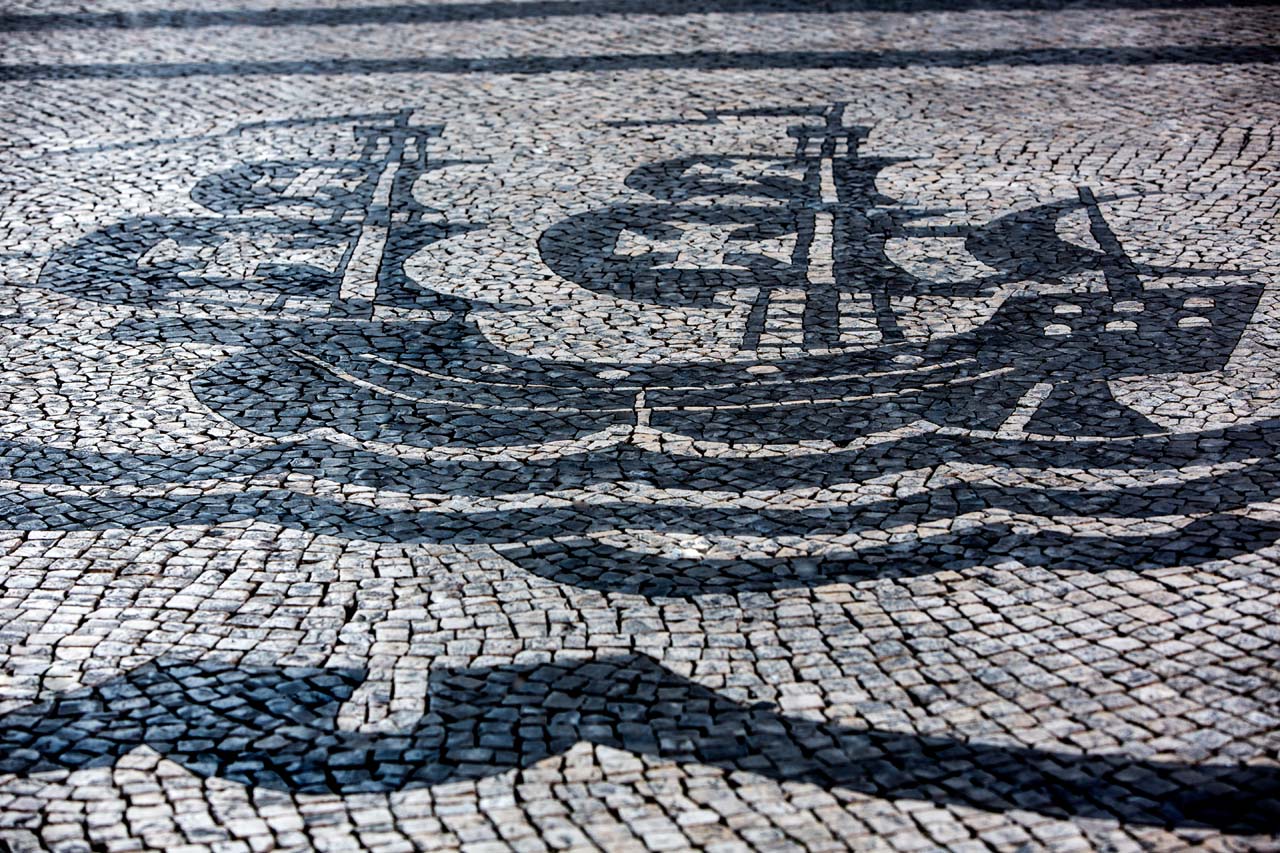Although small, Portugal offers much more than just fine Port wine— recently making a name for itself as a mecca of gastronomy, culture, and design
by Nubia DuVall Wilson
For decades, Portugal has been overshadowed by its larger neighbor to the east, Spain, but recently its popularity has increased among discerning travelers. This long and narrow country of just over 10 million, flanked by the Atlantic Ocean, offers a mild climate year-round, plenty of sunshine, and more than 500 miles of beaches. It also boasts a rich, 800-year history and the oldest borders in Europe. Travelers there can discover its unique lifestyle by starting their adventure in the capital city, Lisbon, and then exploring the coast and historic UNESCO sites in the surrounding regions.
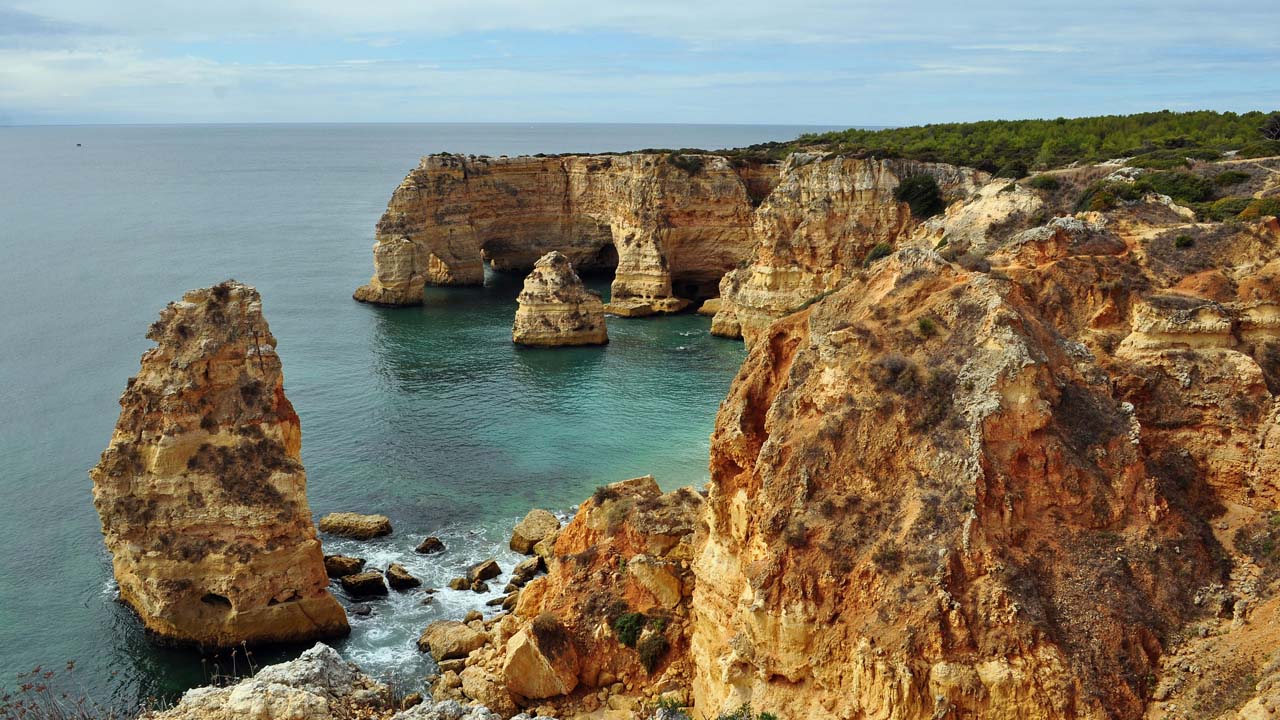
What to Know Before You Go
The language in Portugal is principally (and not surprisingly) Portuguese, but English, Spanish, and French are spoken as well. The currency is the euro, as the nation is a member of the EU. There are five airports, including the Portela Airport in Lisbon. The archipelagos Madeira and Azores are also part of the country—both within a two hour flight from the mainland. The climate varies from one region to another; for example, cities closer to the sea have milder winters, such as in the Algarve region, but in the Porto e Norte and Beiras regions closer to Spain, winters are colder, and there’s actually a good deal of snow in the Serra da Estrela, where skiers can find unexpected diversions. Summers are hot and dry, especially in the inland areas like Trás-os-Montes in the northeast, as well as in Alentejo. Even during autumn, warm, sunny days prevail.
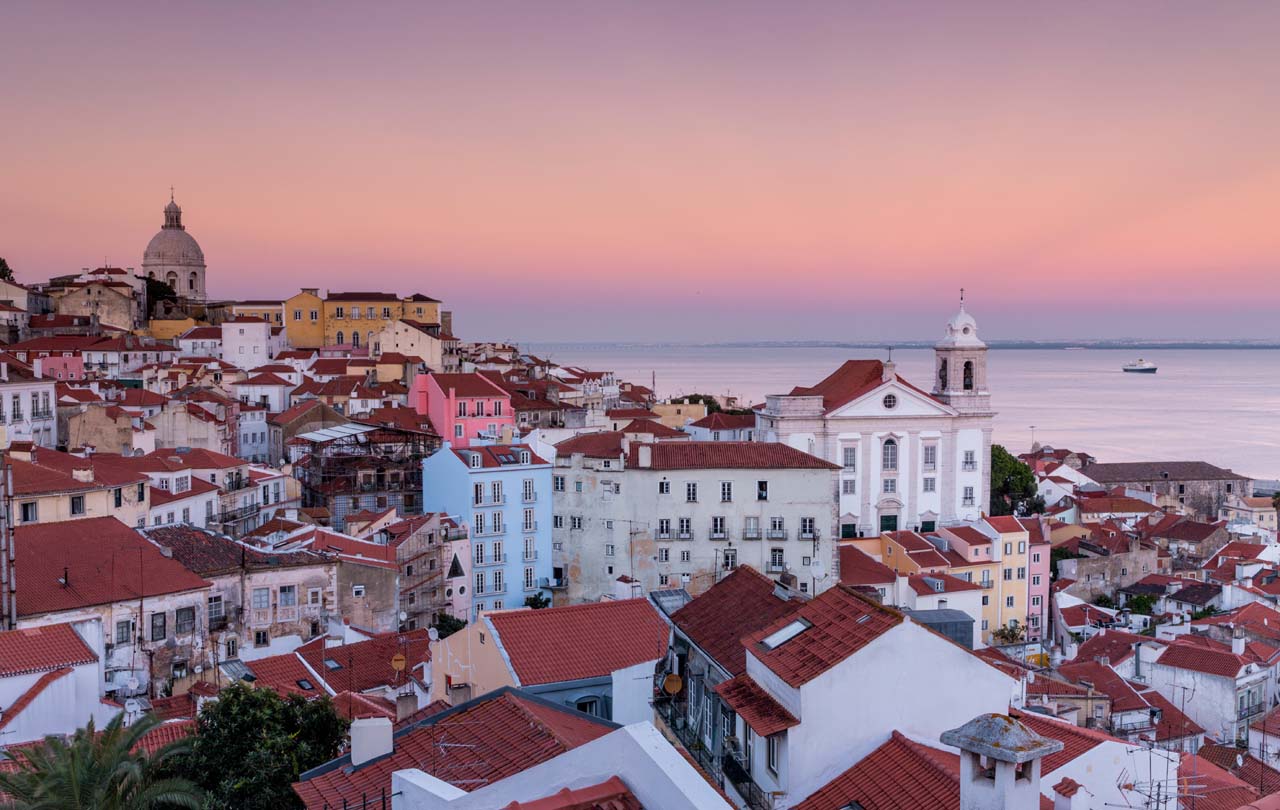
Attractions
Many say the most beautiful part of the capital city is its area of Belém (its name derived from the Portuguese word for Bethlehem), with its World Heritage monuments, mediaeval quarters, and the latest contemporary leisure spaces like Parque das Nações, a riverfront destination featuring an Oceanarium, art installations, and gardens that overlook the Vasco da Gama Bridge. Historically, Belém is where the capital’s elite resided and now it houses many of the city’s most notable tourist attractions.
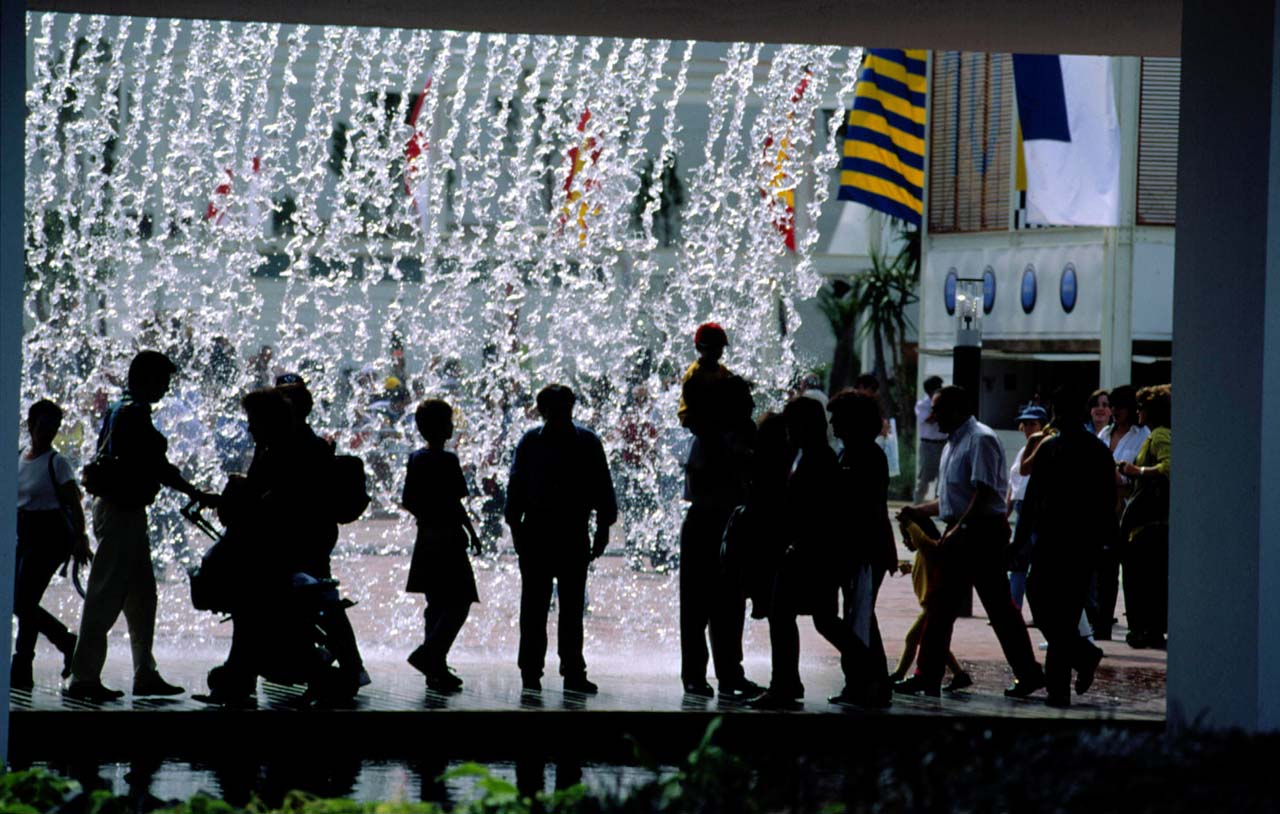
Try a Pastel de Nata from Pastéis de Belém, a traditional home of delicious cakes, and then walk it off during a 30-minute stroll to the Torre de Belém, which passes the Mosteiro dos Jeronimos, an extravagant monastery from the 16th century. The Belém Tower was constructed to guard Lisbon from sea attacks and is positioned in the center of the Tejo Estuary. Its design was heavily influenced by North African architecture, with Moorish watch towers and the first European stone carving of a rhinoceros. If you continue walking towards the mouth of the river, you arrive at the string of beaches and beach resorts along the coastal road, teeming with marinas, terraces, and golf courses.
Climbing to the Castle of São Jorge is an experience that should not be missed as it resides on the highest point in the city, and there, tourists will get a great sense of how the Tigus River flows through the area. In the downtown district, go up the Santa Justa elevator, which was designed more than a hundred years ago by Posnard, a disciple of the great master of iron works, Gustave Eiffel. One of the best ways to travel around Lisbon is by tram, especially through its historic neighborhoods.
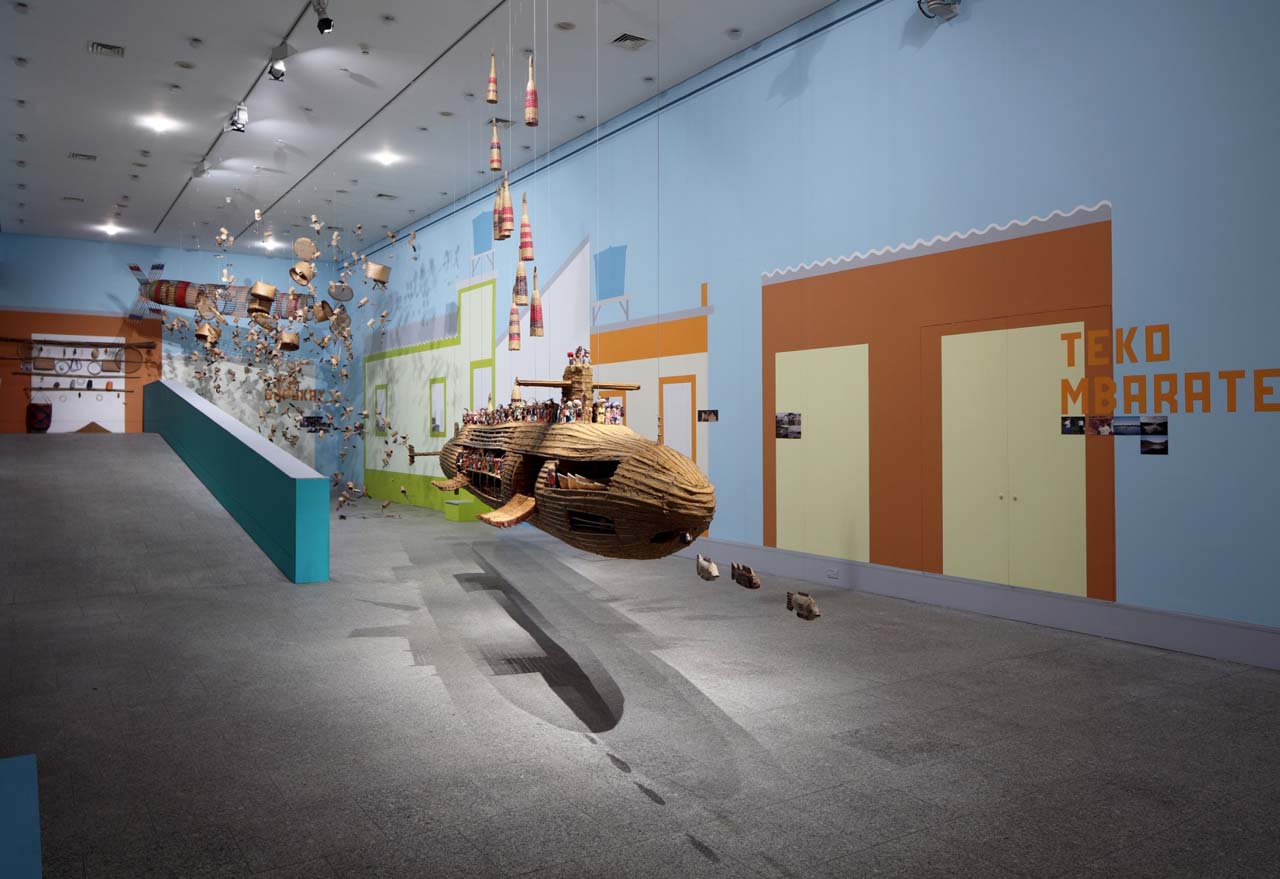
A must-visit is the new, ultramodern Museum of Art, Architecture and Technology (MAAT) on the River Tejo, which focuses on contemporary culture combined with visual arts and media. A highlight there is walking on the roof of the building to view the Tagus River and cultural areas of Belém. Also new in 2017 is the Berardo Museum, an Art Deco and Art Nouveau institution that features the private collection of Portuguese businessman and stock investor Joe Berardo.
Shoppers looking for local goods over big-brand names can visit the Baixa area to peruse Portuguese ceramics, lace, food, clothes, and port wine on Rossio to Rio Tejo Streets. This neighborhood is also a popular place to buy jewelry; Rua Aurea was once Rua do Ouro (Gold Street), named for the goldsmiths’ shops from the 18th century, and the trade has flourished here ever since.
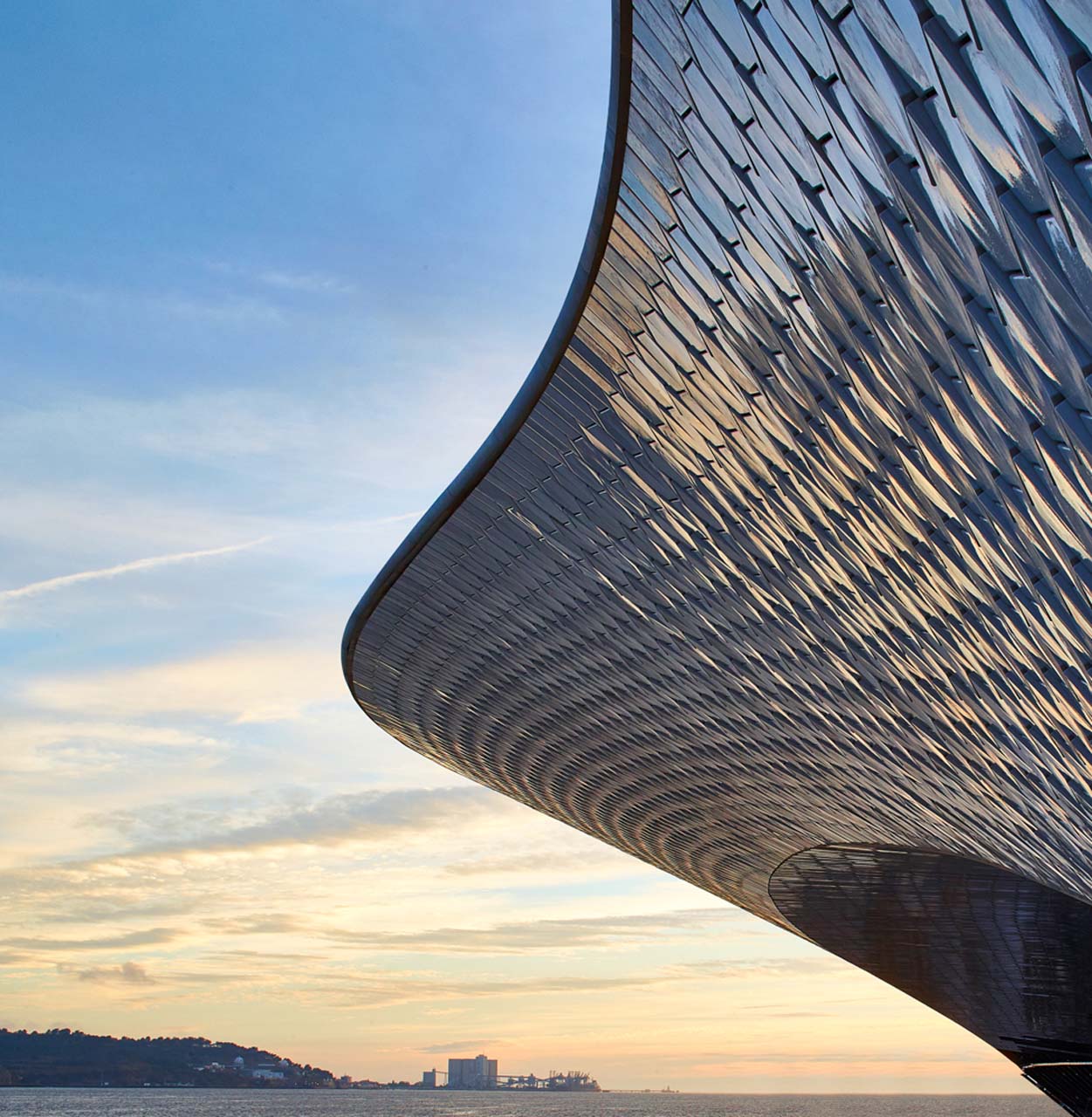
Trendier stores reside in the Bairro Alto district, which is full of stylish fashion boutiques—some only open in the afternoon—often with an onsite DJ spinning tunes until after the restaurants and bars around them fill up. Praça de Londres and Avenida de Roma (both in the modern city) form one long stream of haute-couture stores and fashion outlets, and international luxury brands are readily found on the city’s downtown axis, Avenida da Liberdade.
Where to Stay
Four Seasons Hotel Ritz Lisbon,
fourseasons.com, $$$
Positioned on top of one of Lisbon’s seven hills, the Four Seasons features views over Eduardo VII Park, St. George’s Moorish Castle, the 25th of April Bridge, and the Tagus River. Inside the 10-story building are 282 guest rooms and luxury suites, 273 featuring private terraces. Amenities include a spa, indoor heated pool, the Varanda restaurant serving seafood, the Ritz Bar, and Almada Negreiros Lounge, where afternoon tea is served.
Martinhal Chiado Family Suites,
martinhal.com, $$$
Perfect for travelers with children, this accommodation opened in September 2016 and is set in the heart of historic Lisbon. It offers 37 luxury apartments designed with families in mind, ranging from studios to two-bedrooms with full kitchens, washers, and dryers. The Kids Club features a special “Pyjama Club,” offering childcare services each evening until midnight, while a Baby Concierge allows guests to pre-book equipment like safety gates, bottle sterilizers, and diapers.
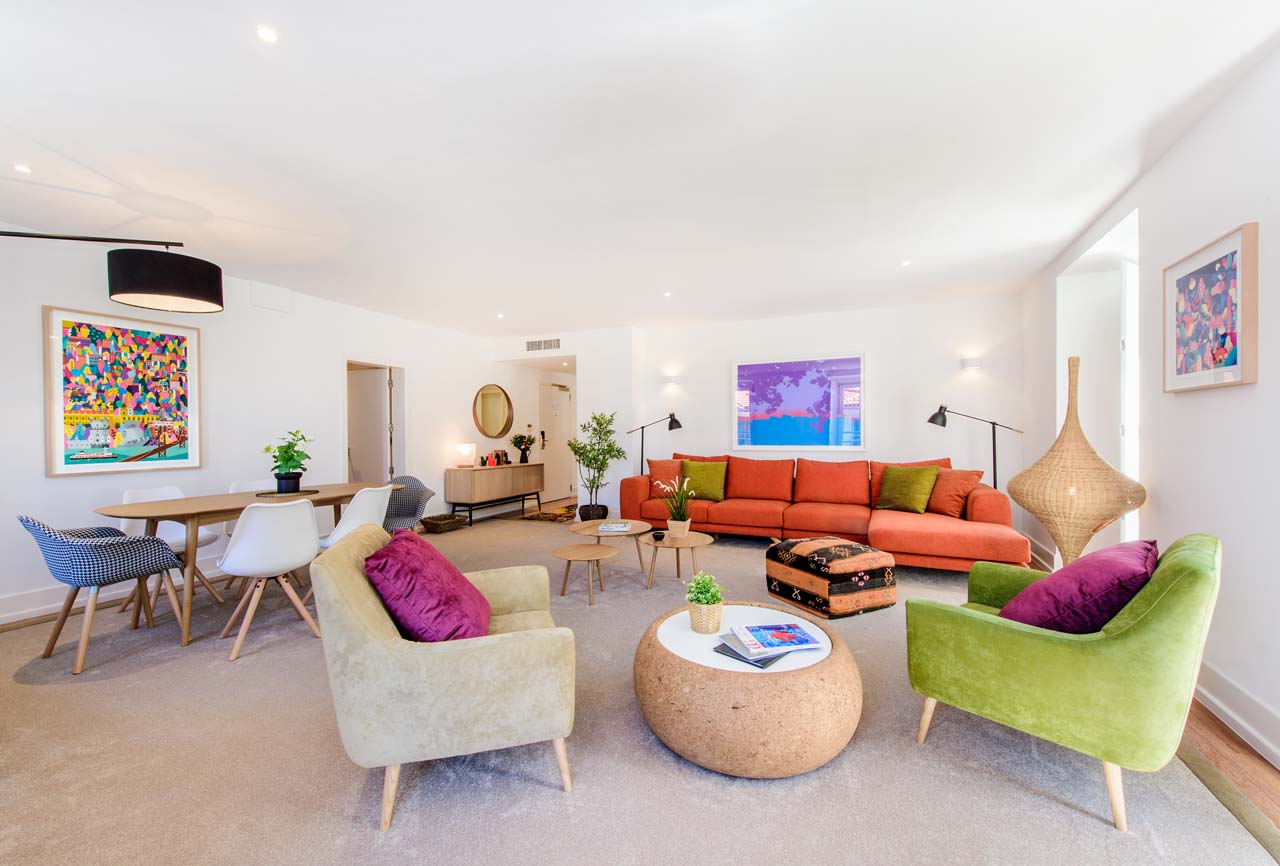
2016©www.tempusdexposicao.com
L’AND VINEYARD S RESORT,
l-and.com, $$$
Roughly 45 minutes outside of Lisbon, Montemor-o-Novo sits in Portugal’s wine region: Alentejo. Part of the Small Luxury Hotels of the World collection, L’AND Vineyards Resort there offers 22 rooms set on 66 acres dotted with vineyards, woodland, and a shimmering lake. An impressive winery, an organic spa, a regionally-inspired restaurant, and attentive service add to the resort’s uniqueness. Suites feature terraces, fireplaces, and private patios with heated plunge pools,and be sure to visit the winery to learn about and taste vintages grown on the resort, and/or take a trip to nearby historic Évora, a World Heritage site.
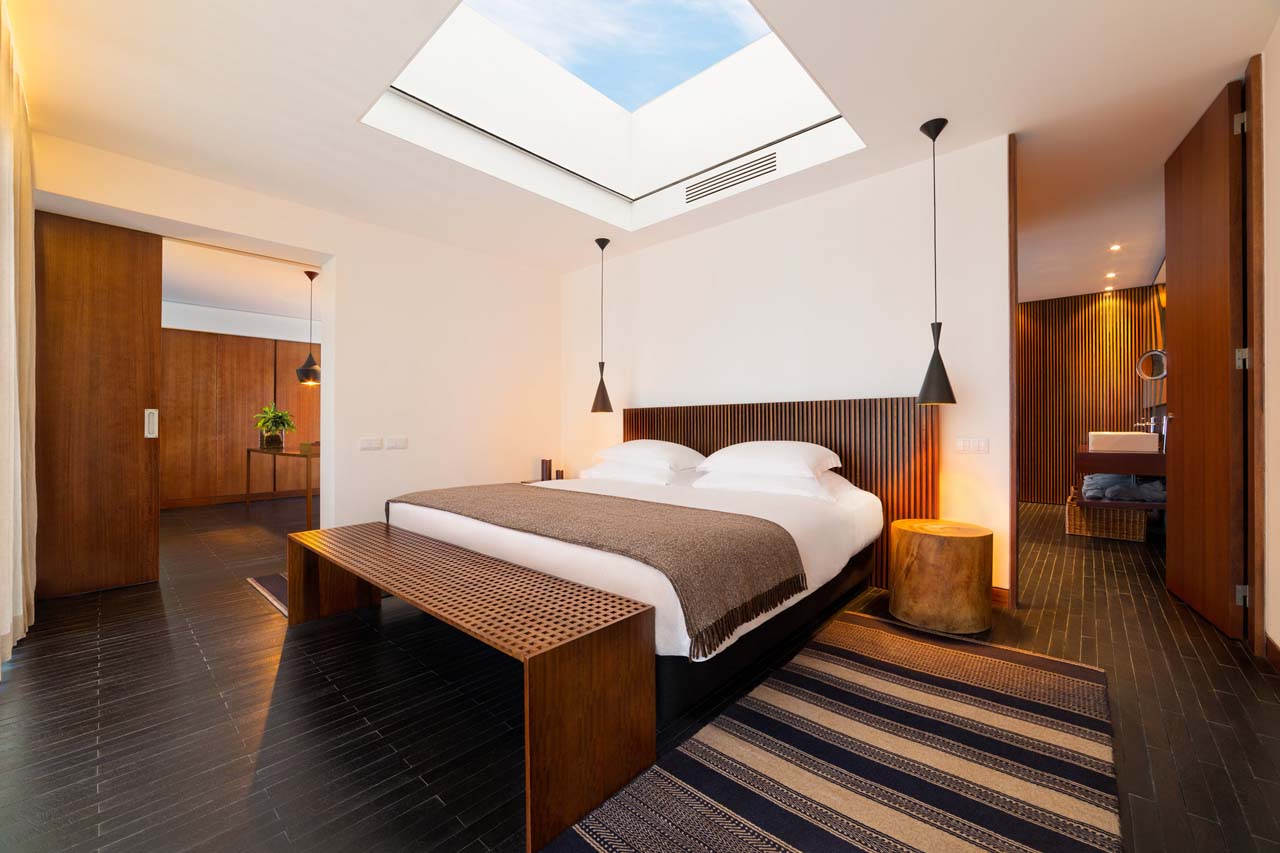
Day Trips and Tours
Praia da Marinha
This is one of the most beautiful beaches in Portugal, considered by the Michelin Guide, in fact, as one of the 10 most beautiful in Europe and one of the 100 most beautiful in the world. In Caramujeira, in the Lagoa Municipality, it’s famed for cliffs and clean, calm water, and is only accessible via a set of steps down the cliffside, which also helps keep the beach less crowded.

Praia da Falesia
This nearly four-mile beach in the Algarve region is named after the orange-red cliffs that are its backdrop. It’s popular among families with children and is considered a top destination in Portugal and Europe proper. In the Vilamoura section, this sandy stretch is large, with shallow waters, and during low tide you can walk far out into the sea. Water sports are in abundance, including paragliding, diving, and surfing. Above the cliffs is a hiking trail, which offers picture-perfect views over the beach and sea.
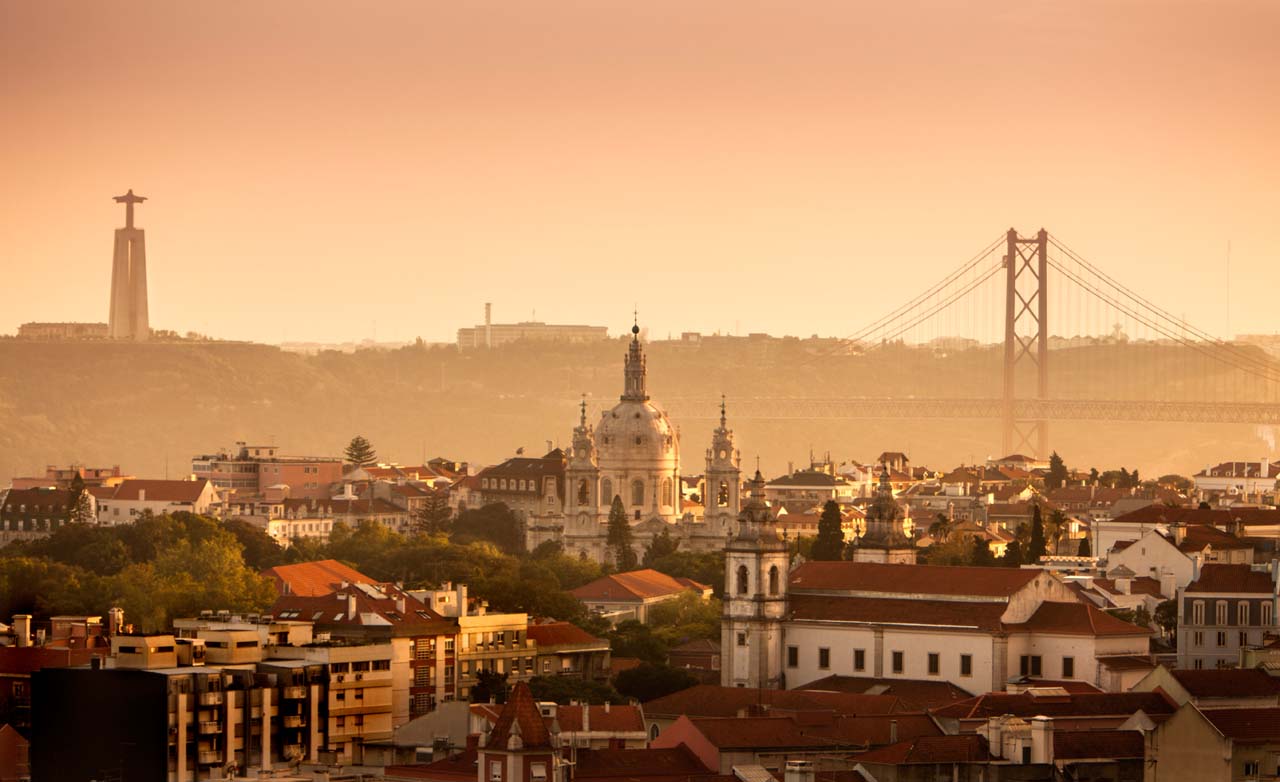
Cycling in Alentejo
Discover the green and gold landscapes of the Alentejo region via the DuVine Cycling Tour. This luxury tour company offers cyclists access to actual homes to dine on home-made meals. The second evening of the trip includes a meal with Isabela in her mid-eighteenth-century palace, discussing culture and what traditional life is like in Portugal. Cyclists also visit Vila Vicosa and its marble quarries, stay in and tour the Convento do Espinheiro (a converted fifteenth-century convent and a World Heritage Site), and explore Evora, another UNESCO site of Roman temples and churches. The six-day, five-night trek starts at $4,495. duvine.com
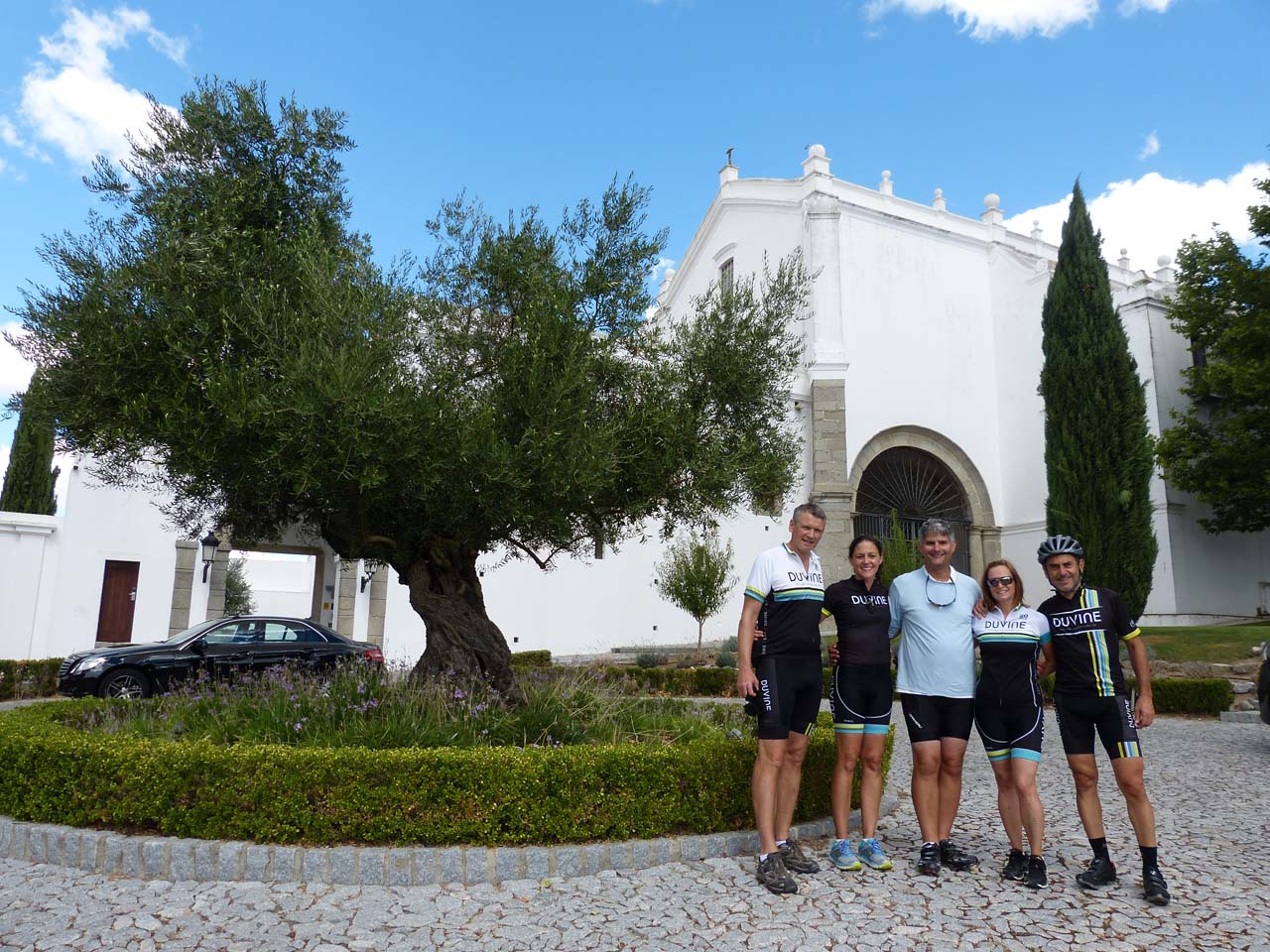
Dine and Drink
Cervejaria Ramiro,
cervejariaramiro.pt, $$
This seafood joint was featured on Travel Channel’s Anthony Bourdain: No Reservations for its amazing local and fresh offerings. Dine in a laid-back atmosphere and pick from a variety of items, such as giant tiger prawns, garlic shrimp, crab soup, and locust lobsters.
Av. Almirante Reis, no. 1 – H, Lisbon
Restaurante Largo,
largo.pt, $$$
This Chiado district restaurant is located inside part of an old convent and features a back-lighted alabaster bar at the entrance and modern décor. Chef Miguel Castro Silva prepares delicious traditional Portuguese dishes that are artistically plated, but never pretentious. The menu features items like cold melon soup with smoked duck and mint, sausage fritters with pineapple chutney, and octopus risotto. Rua Serpa Pinto 10-A, Lisbon
Silk,
silk-club.com, $$$
Silk is one of Lisbon’s most exclusive bars, on the top floor of the Chiado district’s tallest building. Enjoy nearly 360-degree views of the city while being served cocktails with tapas or sushi in a loungy setting. Misericórdia, N14
Sky Bar,
tivolihotels.com, $$
Open from April to roughly September or October (depending on the weather), this is a summer terrace destination at the top of the Tivoli Lisboa Hotel in the center of the city and with views of the river. Guests are served cocktails and light snacks until one in the morning. Avenida da Liberdade, 185, Lisbon
